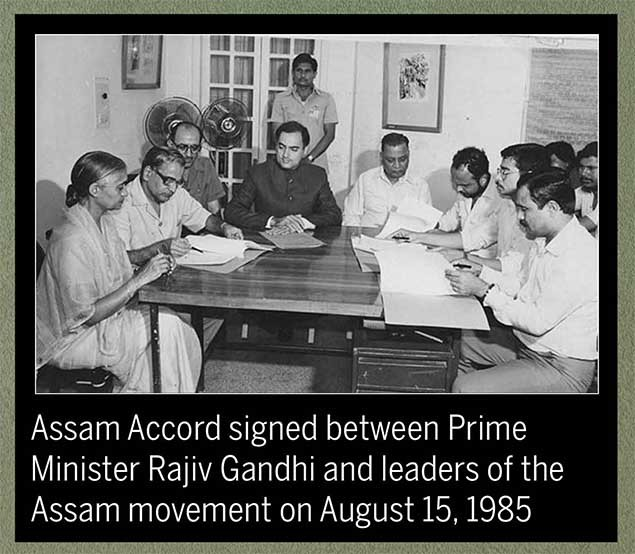Free Courses Sale ends Soon, Get It Now


Free Courses Sale ends Soon, Get It Now



Copyright infringement is not intended
Context: The State government of Assam announced that they are in the process of defining Assamese or original inhabitants of the state.
Details:
About Assam Accord:
Key Points of Assam Accord:
Concerns:
Steps taken by the government to define original inhabitants of Assam
© 2024 iasgyan. All right reserved